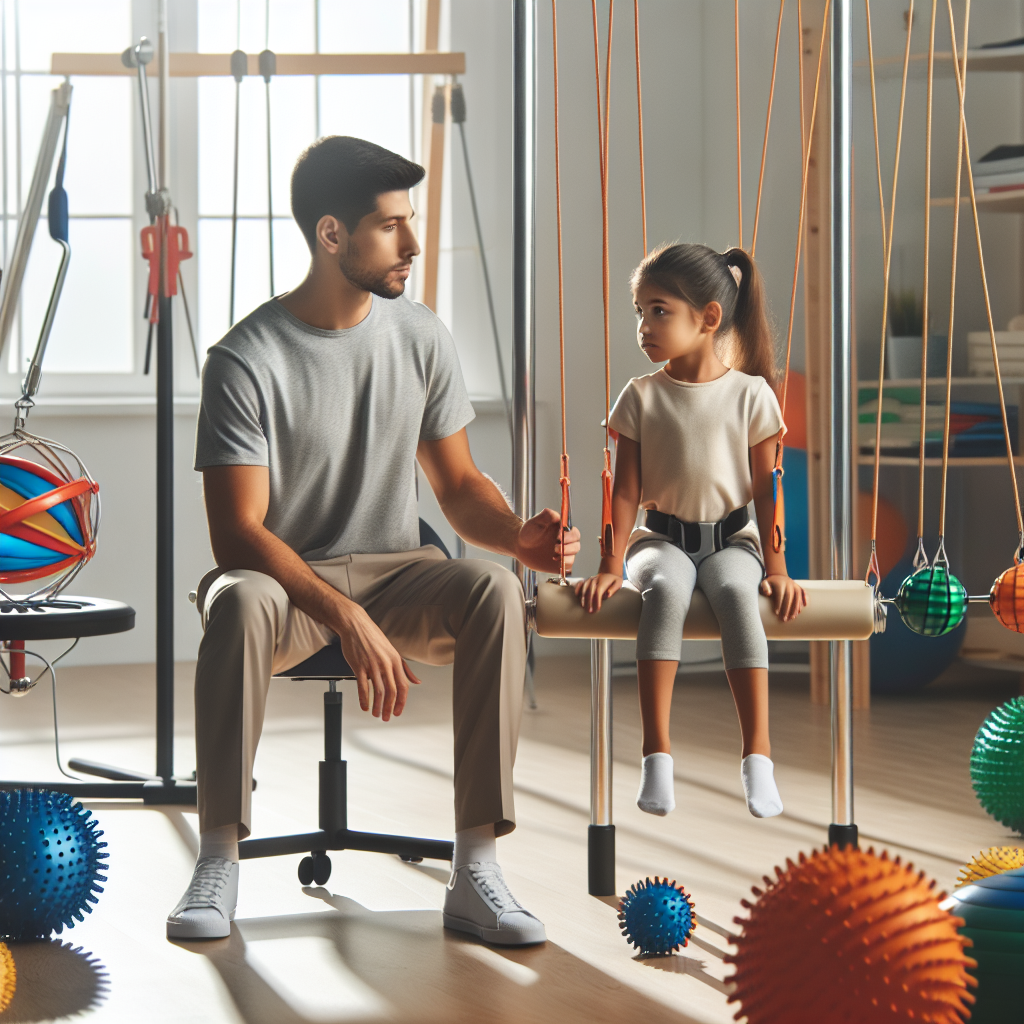Sensory integration plays a crucial role in a child’s development. It is the process by which we receive information through our senses, organize this information, and use it to participate in everyday activities. For some children, sensory integration does not develop as efficiently as it should, leading to challenges in learning, behavior, and development. This comprehensive guide will explore various techniques to improve sensory integration in children, offering insights and strategies for parents, educators, and healthcare professionals.
Understanding Sensory Integration
Before delving into the techniques, it’s essential to understand sensory integration and its significance. Sensory integration involves interpreting sensory stimuli from the environment and one’s body to produce appropriate motor and behavioral responses. Children with sensory integration issues may have difficulties processing input from their senses, which can manifest as hypersensitivity (over-responsiveness) or hyposensitivity (under-responsiveness) to sensory stimuli.
The Role of Sensory Health
Sensory health is the foundation of effective sensory integration. A child with optimal sensory health can navigate their environment more successfully, leading to improved learning and communication skills. For a deeper understanding of sensory health, consider reading about Sensory Health and Its Impact on Communication Skills.
Techniques to Improve Sensory Integration
1. Sensory Diet
A sensory diet is a tailored set of activities designed to provide the sensory input a child needs to stay focused and organized throughout the day. Just as a nutritional diet meets a child’s dietary needs, a sensory diet meets their sensory needs.
2. Occupational Therapy
Occupational therapists are trained to help children with sensory integration issues. Therapy sessions may include activities that challenge a child’s ability to respond appropriately to sensory input by providing a structured, supportive environment for them to explore their sensory preferences.
3. Sensory-Friendly Environments
Creating sensory-friendly environments at home or in the classroom can significantly benefit children with sensory integration challenges. These spaces are designed to reduce sensory overload and provide a calming atmosphere that can help children focus and learn more effectively.
4. Multisensory Instruction
Multisensory instruction involves using multiple senses simultaneously during learning activities. This approach can enhance brain development and help children with sensory integration difficulties process information more effectively. More on this can be found in the article, Creating a Multisensory Environment for Learning Disabilities.
5. Sensory Enrichment Therapy
Sensory enrichment therapy uses a variety of sensory experiences to stimulate brain plasticity. By engaging different senses, this therapy aims to enhance neural pathways and improve sensory integration.
Supporting Sensory Integration at Home
1. Consistent Routines
Establishing consistent daily routines can provide a sense of security and predictability for children with sensory integration issues, helping them navigate their day more effectively.
2. Sensory Breaks
Regular sensory breaks can be beneficial for children who either seek out or avoid sensory stimuli. These breaks incorporate activities that offer the necessary sensory input to help the child self-regulate. The concept of sensory breaks is further detailed in The Importance of Sensory Breaks in Daily Routines.
3. Sensory Toys and Tools
Sensory toys, like squeeze balls, fidget spinners, or weighted blankets, can provide the necessary input for children who need to fidget or feel grounded to maintain their focus.
The Importance of Early Intervention
Early intervention is key in addressing sensory integration issues. The sooner these strategies are implemented, the more effective they can be in supporting a child’s development.
External Resources
- Understood for Learning and Attention Issues – Provides resources on sensory processing issues and strategies to support children.
- STAR Institute for Sensory Processing Disorder – Offers in-depth information and resources on sensory processing disorder and treatment options.
- The Sensory Project – Focuses on sensory integration training and education for professionals and parents.
- Brain Balance – Centers that provide a comprehensive program to improve sensory integration and overall child development.
- Child Mind Institute – Delivers articles and guides on various developmental issues, including sensory processing.
Conclusion
Sensory integration is a vital part of a child’s development, affecting their ability to learn, interact, and grow. Implementing the techniques outlined above can make a significant difference in the lives of children struggling with sensory integration issues. By understanding the importance of sensory health, providing supportive environments, and utilizing targeted strategies, we can help children achieve better sensory integration and, as a result, improve their overall development.



